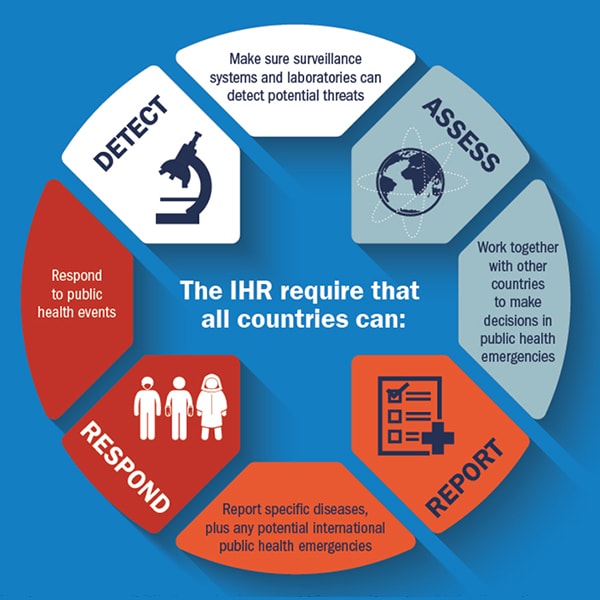Comprehending Different Kinds Of Hernias And Also The Doctor'S Role

Authored By-Christian Gottlieb
A hernia happens when fat or part of the intestinal tract pushes with muscle mass that should be holding it back. This can be agonizing, and it normally won't go away on its own.
Occasionally ruptures require to be treated operatively. That's when physicians think about alternatives like launching muscles, strengthening the abdominal wall or component splitting up.
Inguinal hernia
A small part of the intestine pokes through a weak point in your stomach muscles near your groin (the inguinal canal is a passage in the lower part of your abdomen that houses blood vessels and also nerves, including the spermatic cord for males as well as the ligaments that sustain a lady's uterus). You can have this hernia repaired surgically.
During surgical procedure, your doctor can see the hernia making use of a camera affixed to a range that is inserted through several little cuts on your belly. Another tool might be put via the exact same cuts to aid repair the hernia.
After https://www.medicalnewstoday.com/articles/sports-hernia , it is very important to follow your doctor's guidance for avoiding difficulties. This implies reporting any type of hernial pain or discomfort that comes and goes, or gets worse. It's also essential to stay clear of heavy lifting and straining, particularly while you're urinating or coughing. A hernia that becomes trapped as well as pinched sheds its blood supply (it's called imprisonment) as well as can pass away, which is a medical emergency situation.
Umbilical hernia
In the womb, infants travel through a small opening in between their stomach wall muscles near the stomach button (umbilicus). Generally this closes prior to birth, but often it does not. This triggers a hernia in 20 percent of all newborns.
Umbilical hernias look like a swelling or bulge in the stubborn belly button. They are most obvious when a child cries or pressures. The bulge will get smaller or disappear when the youngster is calm. Periodically, umbilical hernias get stuck (called incarcerated) and also do not obtain appropriate blood supply. This can cause discomfort and also even death of the cells in the hernia sac.
Most umbilical hernias will certainly close without therapy by themselves by age 4. When they do not, doctors at Mount Sinai commonly repair them with mesh. This technique is related to less recurrences than primary stitch repair. The surgery is done through a small cut inside or listed below the stomach button. https://postheaven.net/georgene38marty/5-trick-elements-to-take-into-consideration-when-selecting-a-hernia-surgery is positioned over the hernia site to offer lasting stamina.
Incisional hernia
This sort of hernia takes place at the website of a previous surgical injury. It generally happens when a loophole of the intestine slips via the weakness at the edge of a surgical wound that has actually stopped working to heal properly because of infection or injury.
This is an unsafe hernia due to the fact that the intestine can come to be incarcerated as well as call for immediate clinical treatment. It can also create chronic discomfort, and also the hernia may repeat also after surgical treatment.
The surgeon could use a thin, lighted extent (called a laparoscope) to make a number of small lacerations (cuts). With these cuts, they could eliminate excess fat and also cells around the hernia and also repair the weak location of the abdominal wall surface. They might also put in a mesh spot that holds the sticking out intestine as well as prevents it from pressing through again. They may shut the hernia with dissolvable stitches or clinical glue and location a plastic or mesh graft over the weakness in the abdominal area.
Hiatal hernia
The most typical kind of hiatal hernia is a sliding (type I) hernia. This occurs when the junction in between your esophagus as well as stomach protrudes up through the gap in your diaphragm into your chest tooth cavity. This can cause acid reflux and also trouble ingesting.
Larger hernias, called paraesophageal (type II, III and IV) or diaphragmatic (kind V) ruptures, can be extremely dangerous and might need immediate surgical treatment. These can bring about lung problems as well as pneumonia, or can squeeze the stomach so tightly that its blood supply is cut off.
BWH thoracic specialists perform laparoscopic surgical treatment to decrease the dimension of hernias and to prevent strangulation. This entails making a couple of little cuts in your tummy as well as placing a tube with a cam that sends photos to a screen. This permits surgeons to see what they are doing and provides a better healing.

